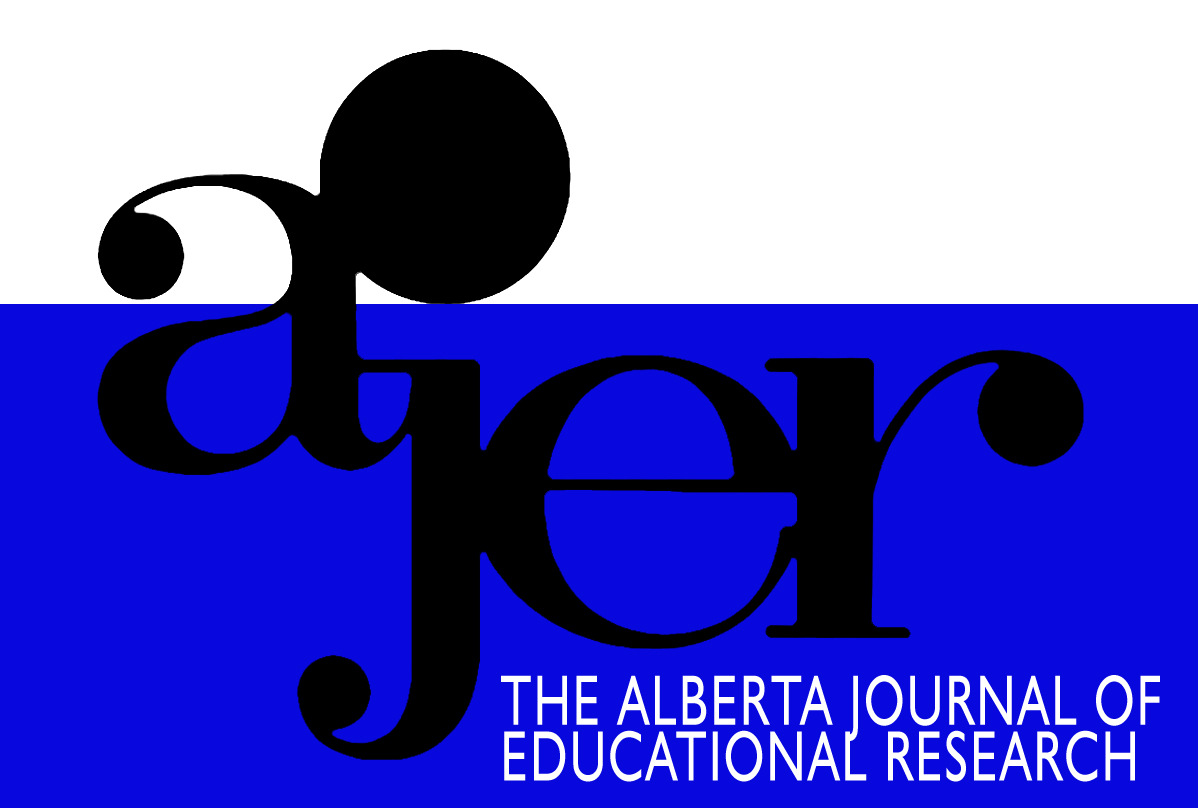Draw me a picture, tell me a story: Evoking memory and supporting analysis through pre-interview drawing activities
DOI:
https://doi.org/10.55016/ojs/ajer.v58i4.55541Keywords:
analysis in qualitative research, hermeneutics, visual methods, interpretive inquiry, open-ended or qualitative interviewsAbstract
In interviews for interpretive inquiry or interpretive case studies, researchers hope to grasp participants’ perspectives and learn about the nature and meaning of their experiences. There are many challenges or requirements for useful or successful interviews. In this paper we identify important aspects of interviews and examine the helpful contributions of using pre-interview activities. Pre-interview activities were drawings or diagrams that participants completed about the experiences of interest. Participants brought the completed drawings to their interviews and the interviews commenced with presentation and discussion of these visuals. This paper presents four studies that illustrate how the use of pre-interview activities can support participants in identifying central ideas in their experiences. In the interviews, the participants spoke at length about the visual representations they produced and in these reflections they identified central ideas or key themes in the experiences. Some drawings were a source of visual metaphors for discussing the experience and some highlighted whole-part relationships that informed interpretation. The findings contribute to conversations about how to “invite stories” rather than “request reports” from participants, how images other than photographs can serve as evocative and potent visuals to support memory and reflection in interviews, and how researchers can better or more directly access a participant’s meaning.
Lors d’entrevues dans le contexte d’enquêtes interprétatives ou d’études de cas interprétatives, les chercheurs espèrent comprendre les perspectives des participants et de se renseigner sur la nature et le sens de leurs expériences. Les entrevues utiles ou réussies impliquent de nombreux défis et plusieurs exigences. Dans cet article, nous identifions certains aspects importants d’entrevues et examinons les contributions utiles des activités pré-entrevues. Les activités pré-entrevues consistaient en des dessins ou des diagrammes complétés par les participants et portant sur des expériences qui les intéressaient. Les participants sont arrivés aux entrevues avec leurs dessins terminés; les entrevues ont débuté par une présentation et une discussion de ces illustrations. Cet article présente quatre études qui illustrent la mesure dans laquelle l’emploi d’activités pré-entrevues peut appuyer les participants dans l’identification des idées qui sont centrales à leurs expériences. Lors des entrevues, les participants ont longuement parlé au sujet des représentations visuelles qu’ils avaient produites; au cours de leurs réflexions, ils ont identifié les idées centrales, ou thèmes clés, de ces expériences. Certains dessins étaient sources de métaphores visuelles servant d’appui à l’expérience; d’autres mettaient l’accent sur les relations partie-tout qui éclairaient leurs interprétations. Les résultats viennent contribuer aux conversations sur la façon d‘inviter les participants à « raconter des histoires » plutôt que de leur « demander des rapports », sur le rôle que peuvent jouer les images (autres que les photos) comme illustrations évocatrices et puissantes qui appuient la mémoire et la réflexion lors d’entrevues, et sur les moyens pour les chercheurs d’avoir un meilleur accès, ou un accès plus directe, au sens que veulent communiquer les participants.
Downloads
Downloads
Published
How to Cite
Issue
Section
License
UNIVERSITY OF ALBERTA COPYRIGHT LICENSE AND PUBLICATION AGREEMENT
If accepted, authors will be asked to sign a copyright agreement with the following points:
A. Where there is any inconsistency between this Copyright License and Publication Agreement and any other document or agreement in relation to the same subject matter, the terms of this Agreement shall govern.
B. This document sets out the rights you are granting in relation to publication of your article, book review, or research note entitled (the “Article”) through inclusion in the academic journal titled Alberta Journal of Educational Research (the “Journal”) published through the Faculty of Education, representing the Governors of the University of Alberta (the “Journal Editor”).
C. There will be no payment to you for this publication and grant of rights. In consideration of the agreement to publish the Article in the Journal:
1. You are warranting that:
- the content of the Article is your original work, and its content does not contain any material infringing the copyright of others; or, where the Article is not entirely your original work, you have obtained all necessary permissions in writing to grant the rights you are giving in this agreement;
- the content of the Article does not contain any material that is defamatory of, or violates the privacy rights of, or discloses the confidential information of, any other person;
- the Article has not been published elsewhere in whole or in part, and you will not allow publication of the Article elsewhere without the consent of the Journal Editor;
- the names of all co-authors and contributors to the Article are:
2. You agree to license the copyright in the Article to the Journal Editor, on a worldwide, perpetual, royalty free basis; and to the extent required by the terms of this agreement. You shall retain the right at all times to be acknowledged as the/an author of the Article.
3. You further agree that the Journal Editor has the entitlement to deal with the Article as the Journal Editor sees fit, and including in the following manner;
- The right to print, publish, market, communicate and distribute the Article and the Journal, in this and any subsequent editions, in all media (including electronic media), in all languages, and in all territories, ing the full term of copyright, and including any form of the Article separated from the Journal, such as in a database, abstract, offprint, translation or otherwise, and to authorize third parties to do so;
- The right to register copyright of the Journal;
- The right to edit the Article, to conform to editorial policy as the Journal Editor sees fit.
4. If any co-author or contributor to the Article does not sign this agreement, the Journal Editor reserves the right to refuse to publish the Article.



